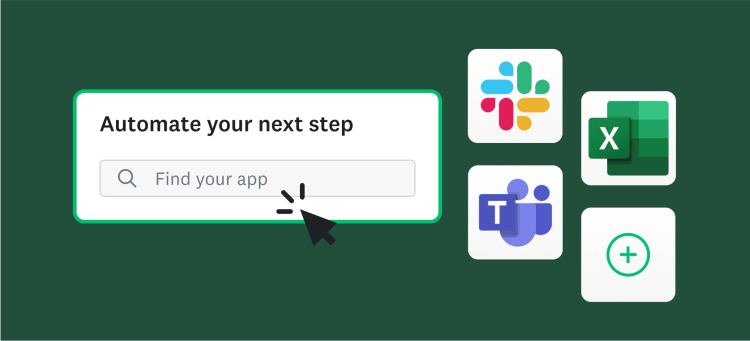Welcome to the fourth installment of our nine-part video tutorial series on how to write awesome and effective surveys! This is where our Jumpstart Survey Creation experts at SurveyMonkey Audience discuss the step-by-step process for writing a great survey and share top tips to help you get started. In part three, we covered the basics of writing a solid multiple choice question. Now let’s take a look at another common question type–the Yes/No question.
In the video above, we show you the pros and cons in writing Yes/No questions. They can be effective when splitting people into groups for later analysis or for skipping people out of surveys. On the other hand? Yes/No questions are also aggressive and don’t allow respondents the opportunity to explain themselves fully. If you want to collect even more insight into your respondents, try replacing Yes/No questions with rating scale questions instead.
Don’t forget to check back here for even more useful tips to come in our How-To video series.
Looking for more expert survey-writing help for your next SurveyMonkey Audience project? Get started today, and don’t forget to leave us your questions in the Comments section below!



